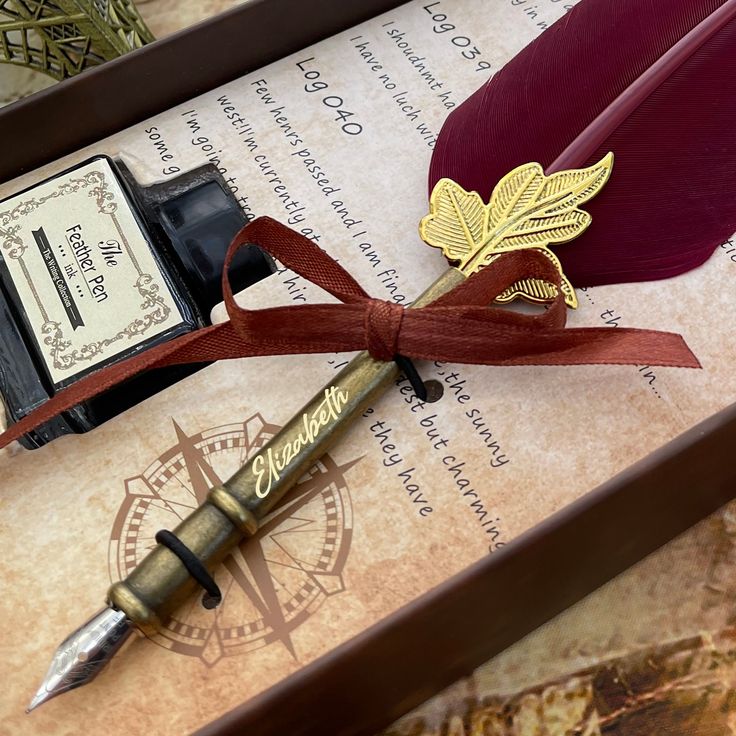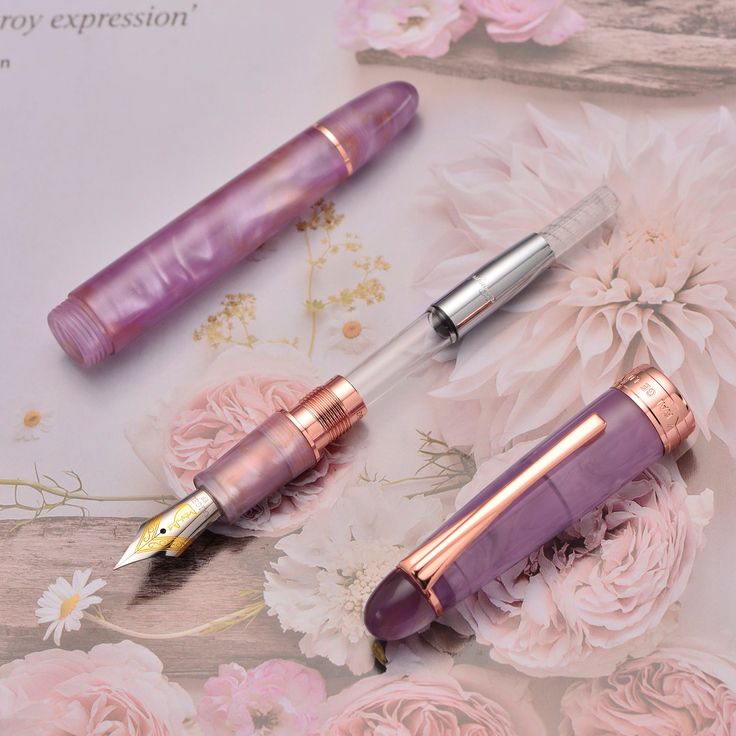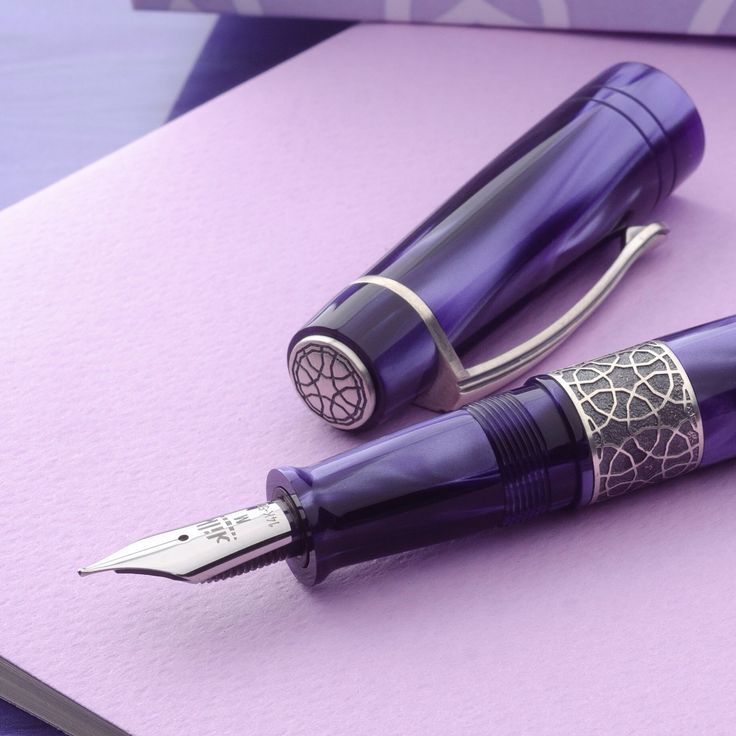Fountain pens are more than just writing instruments; they are embodiments of artistry, history, and craftsmanship. They evoke a sense of nostalgia and provide a smoother, more enjoyable writing experience compared to their ballpoint counterparts. For fountain pen enthusiasts and daily users alike, proper maintenance is crucial to ensure longevity and optimal performance. This guide delves deeply into various aspects of fountain pen maintenance, from cleaning techniques to storage solutions, to help you keep your favorite writing tool in peak condition.
Understanding Your Fountain Pen: Components and Care
Before learning about maintenance tips, it’s crucial to understand the components of a fountain pen and their functions. A typical fountain pen consists of several parts: the nib, feed, ink reservoir, and body. Each of these components plays a vital role in the fountain pen’s functionality. The nib is the part that actually touches the paper and allows the ink to flow—a well-maintained nib produces a clear and consistent line. The feed, located directly beneath the nib, regulates the ink flow from the reservoir to the nib.
In most cases, the ink reservoir can be a cartridge, converter, or a built-in filling mechanism that holds the ink. Understanding these components not only helps you appreciate your pen, but also serves as a reminder that neglecting even one part can affect overall performance. Regular cleaning and maintenance of each component will ensure that your fountain pen writes smoothly and consistently for years to come.

Regular Cleaning: The Key to Smooth Writing
One of the most essential practices for fountain pen maintenance involves regular cleaning. Over time, ink residue can build up within the nib and feed, leading to clogged passages and inconsistent ink flow. It’s advisable to clean your fountain pen every 2-4 weeks, particularly if you use different ink colors or types frequently. Here’s how to do it effectively:
Disassemble the Pen: Start by carefully removing the nib and feed from the pen body. Make sure to follow the manufacturer’s guidelines for your specific pen model, as the mechanism may vary.
Flush with Water: Use lukewarm water to flush the nib and feed. Run water through the nib and feed until it runs clear. It’s vital to avoid using hot water as it may damage plastic components. You can also use an ear syringe or bulb to facilitate this process.
Soak Overnight: If you notice stubborn ink stains that refuse to budge, consider soaking the nib and feed in a solution of water and a small amount of dish soap overnight. This helps dissolve any ink buildup. Rinse thoroughly afterward to remove any soap residue.
Dry Completely: Allow all components to dry completely before reassembling the pen. Any residual moisture can lead to mold growth or ink contamination in the future.
Reassemble and Test: Once everything is dry, reassemble your fountain pen and fill it with your preferred ink. Test it on a notepad to ensure a smooth flow.
Regular cleaning not only enhances ink flow but also prolongs the life expectancy of your fountain pen. Committing to this practice will save you significant time and hassle in the long run.

Choosing the Right Ink: A Crucial Aspect of Maintenance
While maintenance practices like cleaning are undeniably important, the choice of ink can also affect the performance and longevity of your fountain pen. Not all inks are created equal; some may cause clogs or damage to certain types of nibs. Here’s what to consider when selecting the right ink:
Type of Ink: Fountain pen ink is generally categorized into various types, with bottled inks and cartridges being the most common. Bottled inks often offer a wider range of colors and properties, but they require more maintenance than cartridges, which are more convenient but less customizable.
Viscosity and Flow: Pay attention to the viscosity of the ink; thicker inks may clog your pen more easily, while thinner inks may lead to a smoother flow. Test different ink brands to find one that suits your pen and writing style. Brands like Pilot, Pelikan, and Noodler’s have excellent reputations and wide selections.
Cleaning Properties: Some inks are specifically formulated for easy cleaning, while others may leave residue that builds up over time. If you frequently change inks, prefer those that flush out easily and leave minimal deposits.
Color and Pigmentation: Consider the intended use of your fountain pen when selecting ink. If you’re using it for everyday writing, opt for a reliable and professional-looking color like black or blue. For artistic purposes, you may want to experiment with vibrant colors and unique shading properties.
By carefully selecting the right ink, you not only enhance your writing experience but also contribute to the overall maintenance of your fountain pen. Therefore, investing time in understanding ink properties is just as important as the cleaning processes.

Storage Solutions: Protecting Your Fountain Pen
Proper storage is a formidable factor in fountain pen maintenance, particularly if you won’t be using the pen for an extended period. Storing your fountain pen correctly prevents issues such as leaks, dried-out ink, and damage. Here are some effective storage solutions:
Cap It Properly: Always store your fountain pen capped to prevent the nib from drying out. If you’re using a piston-fill or converter pen, consider emptying the ink reservoir before extended storage. This is particularly important for long-term storage.
Storage Position: Store the pen horizontally, preferably in a pen roll or case, to allow for even ink distribution. Avoid vertical storage as it can cause ink to pool in the nib and feed, leading to potential leaks.
Temperature and Humidity Control: Ideally, keep your fountain pen in a cool, dry location, away from direct sunlight and extreme temperatures. High humidity can lead to mold growth inside the ink reservoir. For ink bottles, store them in a cool, dark place to maintain their properties.
Dedicated Case: Invest in a dedicated pencil case or drawer specifically designed for fountain pen storage. Look for cases with individual slots to prevent them from rubbing against one another and getting scratched.
Periodic Checks: If you store a fountain pen long term, consider checking on it periodically to ensure it remains in good condition. This way, you can catch any issues before they escalate.
By prioritizing careful storage methods, you take significant strides in maintaining your fountain pen’s performance and longevity while also protecting your investment.

Troubleshooting Common Problems: Keeping Your Pen in Top Shape
Even with regular maintenance and careful storage, fountain pens can occasionally experience issues. Familiarizing yourself with common problems and their solutions will allow you to troubleshoot effectively, ensuring your pen remains in top shape.
Clogged Nib: One of the most common issues faced by fountain pen users is a clogged nib. If your pen is skipping or not writing smoothly, it may require cleaning. Run warm water through the nib and feed, or soak as mentioned earlier.
Inconsistent Ink Flow: If your fountain pen is functioning intermittently, you may have a misaligned nib or air bubbles trapped in the ink reservoir. Check the alignment of the nib and feed, and tap the pen lightly to dislodge any air bubbles.
Dried Ink: If you’ve left your pen unused for several weeks, dried ink may be causing a blockage. To resolve this, disassemble the pen and use the flushing method described above. Alternatively, build a routine that encourages regular use to prevent ink from drying.
Scratchy Nib: If your writing experience feels scratchy, it may be time to smooth out the nib. Use fine micromesh or specially designed nib smoothing tools to refine the edges of the nib. However, be cautious and test lightly to avoid damaging it.
Leaking Ink: This can often stem from improper storage or high-pressure changes during travel. If you notice leakage, empty the ink reservoir immediately and clean the pen thoroughly. Refill it after ensuring all parts are completely dry.
Understanding these common problems and having the knowledge to troubleshoot them effectively can save you time and frustration in your fountain pen journey.

Conclusion: Cherishing Your Fountain Pen Experience
Fountain pen maintenance is much more than just a routine; it’s an art form that allows you to cherish the exquisite experience of writing. By implementing regular cleaning, choosing appropriate inks, ensuring proper storage, and troubleshooting common issues, you enhance not just the longevity of your fountain pen but also its performance.
Taking the time to nurture and care for your fountain pen will reward you with smoother writing experiences, adding a sense of joy to your daily routine. Whether you are signing important documents, journaling your thoughts, or crafting a handwritten letter, a well-maintained fountain pen brings elegance, fluidity, and character to your writing. In a world increasingly dominated by digital communication, the fountain pen retains its position as a timeless and royal instrument, waiting for you to unlock its full potential.